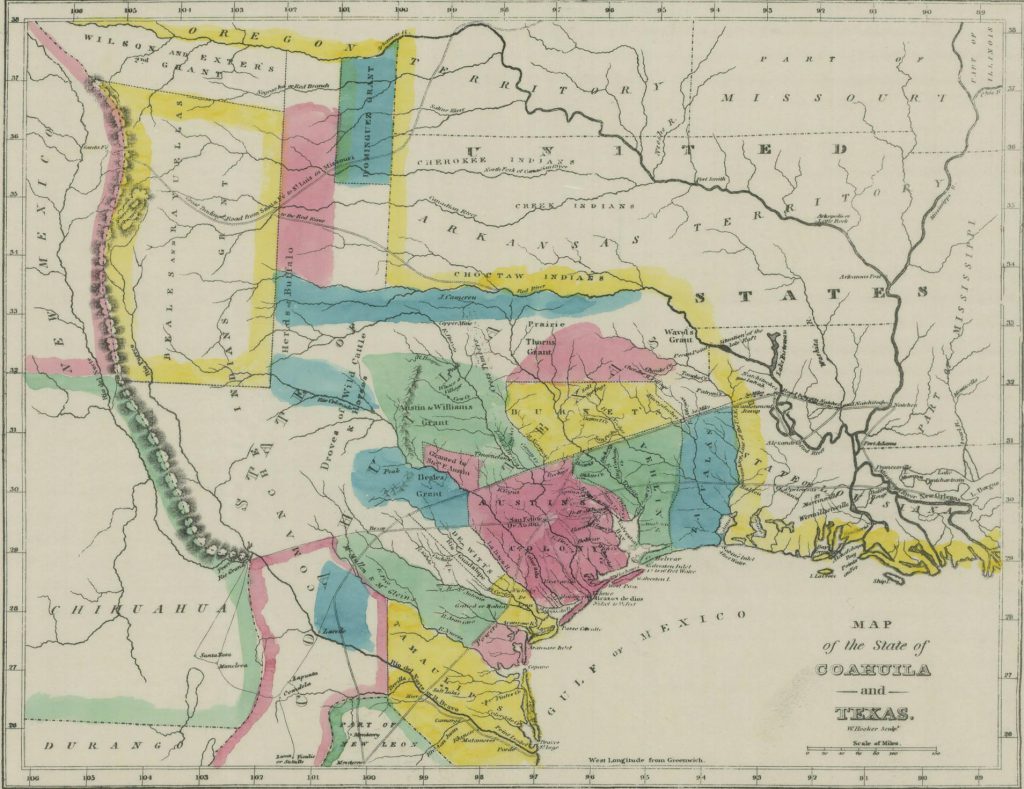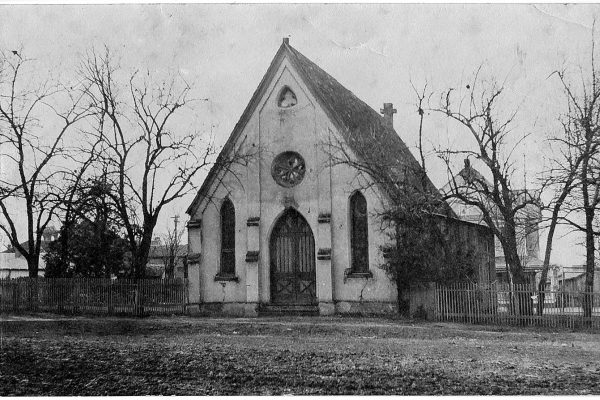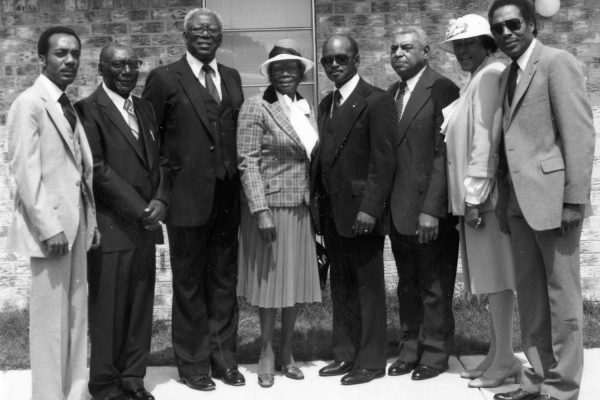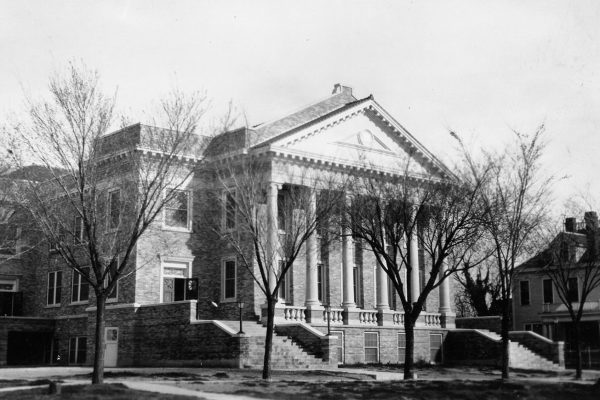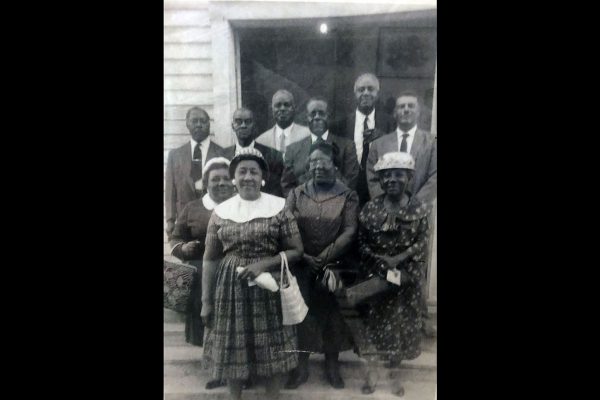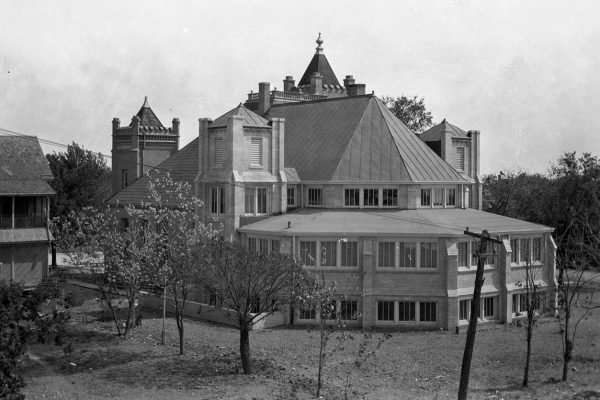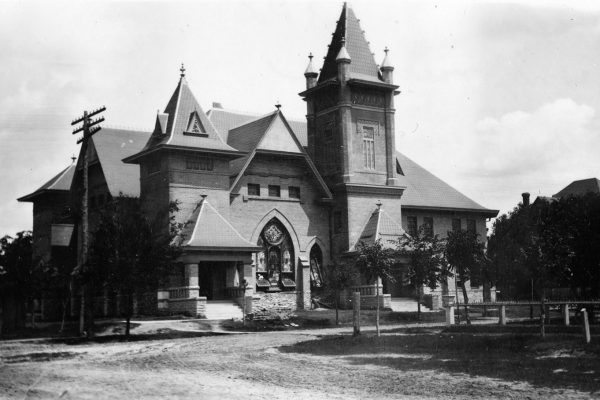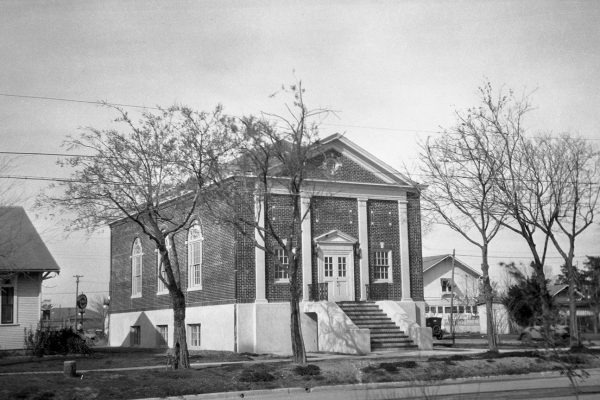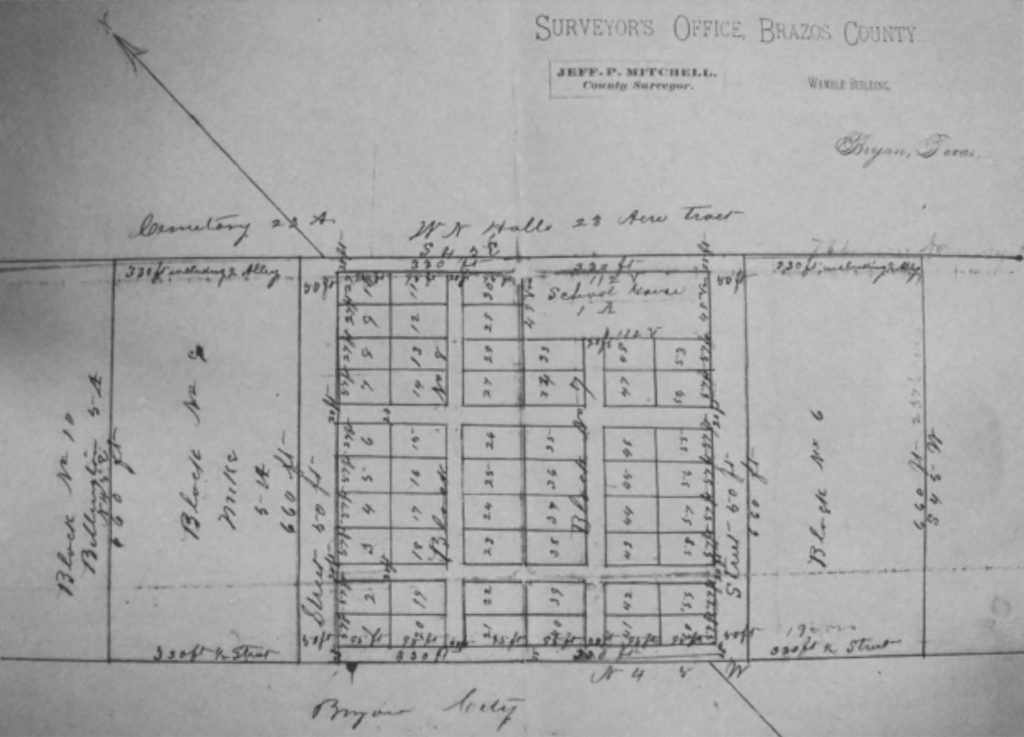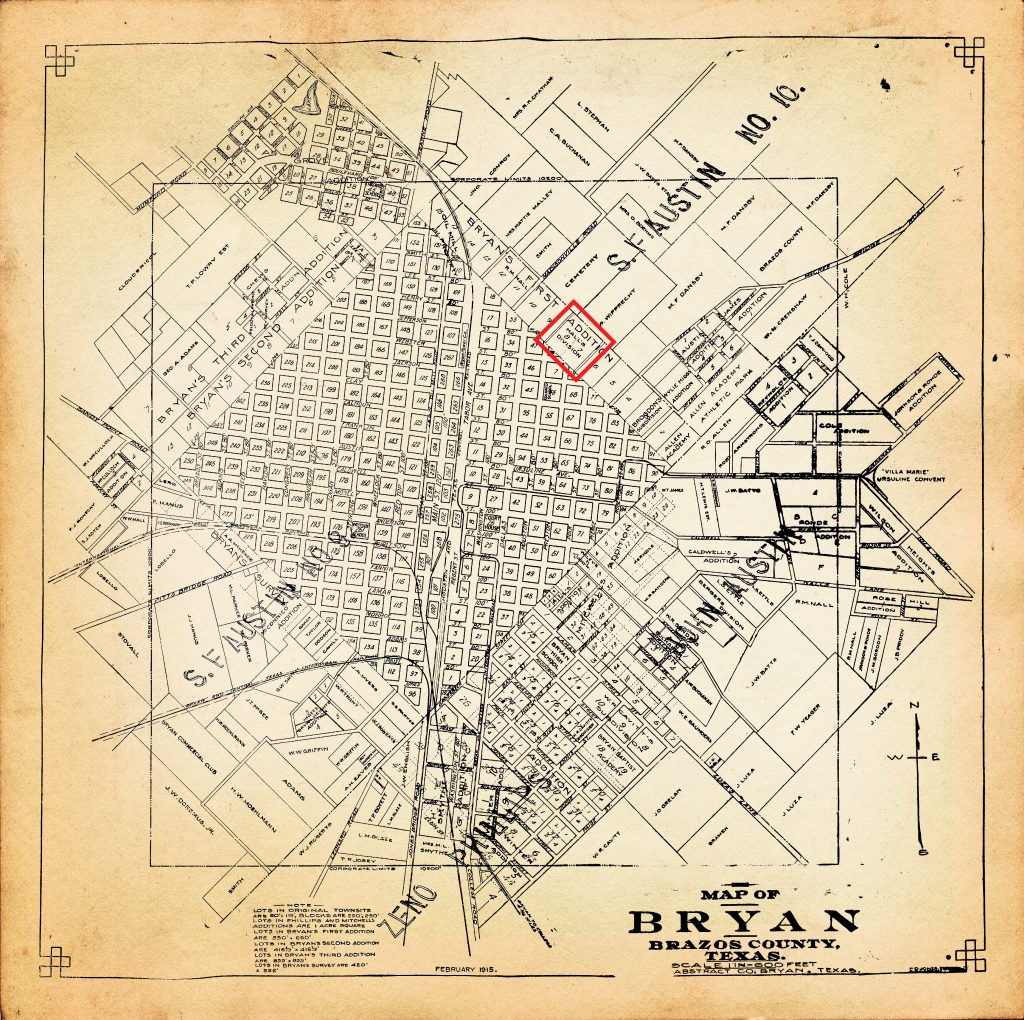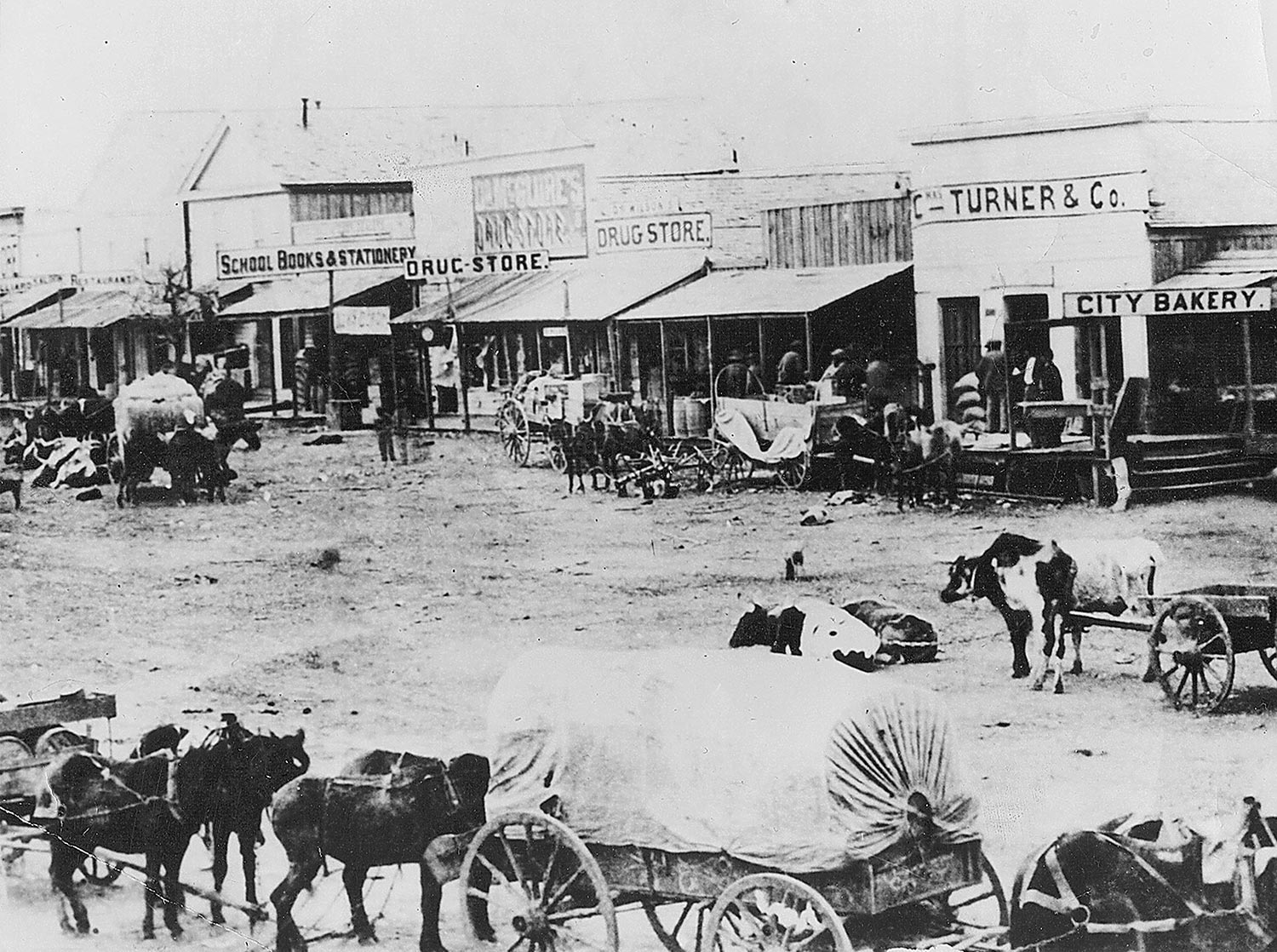
Early Bryan
Foundation-1870
Bryan’s roots ultimately stretch all the way back to 1821, when Stephen F. Austin brought 300 families to Mexican Texas under a colonization agreement with the Mexican government.
Austin’s Colony was the first and largest Anglo American settlement in Mexican Texas. Located mainly in southeast Texas, the colony was bounded by the Lavaca and San Jacinto rivers, the San Antonio Road, and the coast.
Austin received permission to introduce an additional 1,700 families into the colony between 1825 and 1831. By the time the Mexican colonial land offices were closed in 1835, almost 1,000 land titles had been issued in Austin’s Colony.
1836: Texas declares its independence from Mexico and captures Mexican leader Antonio López de Santa Anna after the resounding victory at the Battle of San Jacinto.
But Austin didn’t just provide land for Texas immigrants. Under the Mexican empresario system, immigration agents like Austin were given large land holdings of their own as rewards for successfully bringing new immigrants to Mexican Texas. Some of the colony land parcels were also never granted to any of the colonists, and those tracts of land remained in Austin’s possession. One of these land holdings is where Bryan sits today.
Austin died in December 1836 at the untimely age of 43, and his land holdings passed on to his descendants. One of those was his nephew, William Joel Bryan.
1840s: Early Brazos County
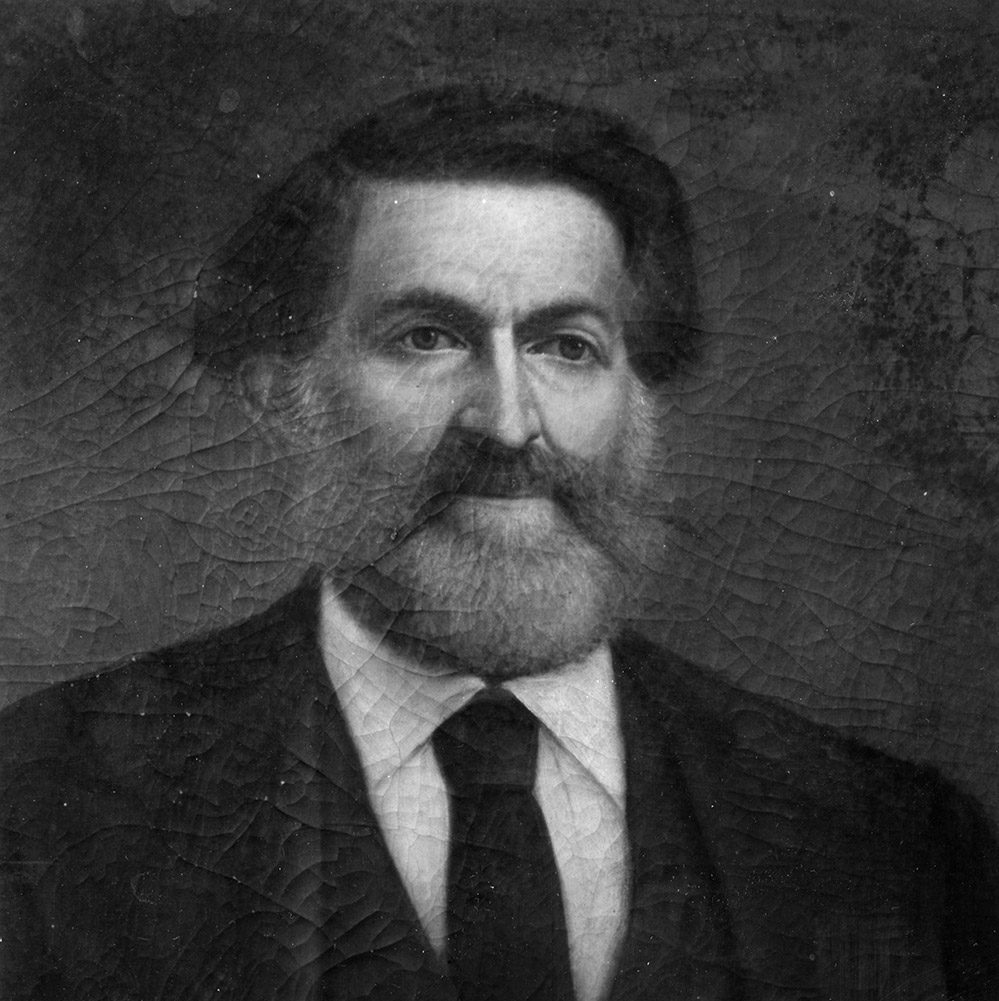
1840s-1860s: Harvey Mitchell is known as the “Father of Brazos County.”
📷 View photos of Harvey Mitchell’s surveying equipment.
📷 Read Harvey Mitchell’s Last Will and Testament.
Before there was Bryan, there was Boonville
The first county seat of Brazos County, Boonville, was established in 1841 when the Congress of the Republic of Texas created Navasota County. The county name was changed to Brazos County one year later, in 1842.
The original Brazos County courthouse was a log cabin that was said to have been built in a single day. It was the first of three courthouses constructed during Boonville’s 25-year tenure as the county seat.
One of the first and most influential residents of Bryan was Harvey Mitchell. Known as the “Father of Brazos County,” Mitchell organized the county’s first school and served as its first teacher in 1841, with classes taking place in the home of Richard Carter.
According to the Texas State Historical Association’s Handbook of Texas, Mitchell was also a justice of the peace, minister, hotel and store owner, surveyor, and blacksmith. Though much of his life was spent in Boonville, his work laid the foundation for Bryan’s development.
1860s: Waiting for the train
The railroad and the founding of Bryan
In 1859, William Joel Bryan granted right-of-way through land he had inherited from his uncle, Stephen F. Austin, to the Houston and Texas Central Railroad. The H&TC was expanding its rail lines and had plans to connect rail service to Millican, Bryan and on to points farther north. Thus began the process of founding Bryan, Texas.
1860: Houston and Texas Central Railroad line reaches Millican, but construction is put on hold because of the Civil War. Bryan has to continue waiting for the train.
1860-61: Brazos County Commissioners Court issues a license to C.G. King to sell liquor in Bryan.
On April 9, 1860, William Joel Bryan went one step further. He deeded the land for the original 640-acre town site to H&TC railroad officials William R. Baker and Abraham Groesbeck for a price of $3,200. The town site, named “Bryan” in William Joel Bryan’s honor, was surveyed and laid out by the H&TC’s chief engineer, Theodore Kosse, a German immigrant. So, you could legitimately say that the railroad built Bryan.
Despite rail line construction being halted because of the Civil War, Baker and Groesbeck were still busy selling town lots for the new city. Once the war was over and rail line construction resumed, they were ready.
In 1866, the Brazos County Commissioners Court declared to move the county seat, and the seat of justice, from Boonville to Bryan because of the proximity of the forthcoming railroad. Baker and Groesbeck had also signed a deed to the county giving them possession of a designated courthouse block.
December 1866: After being named the new seat of Brazos County, Bryan also gets a post office, which is transferred from Boonville. Inadequate facilities and fire would force this new post office to relocate at least five times.
August 1867: The first H&TC train steams into Bryan amid a gala celebration.
1867: With the train comes a new form of communication as the first telegraph is installed in Bryan.
With the move of the county seat and the arrival of the train, the writing was on the wall. Bryan was going to take the stage as the governmental, commercial, civic and recreational center of Brazos County. That meant growth was going to happen, and it was going to happen faster than anyone could have imagined.
Just a few weeks after the first train arrived in Bryan, the Millican community was hit with an outbreak of yellow fever. Bryan had an outbreak as well, but not as serious as the one in Millican. Some reports say that at one point, there were only three able-bodied people left in Millican to take care of the sick.
Considering the fact that Millican had been a relatively large community during the Civil War, because it was the northern terminus of the railroad, those reports show just how horrible this outbreak of disease was. Much of the Millican population shifted toward Bryan in the yellow fever aftermath.
1860s: Bryan and the railroad
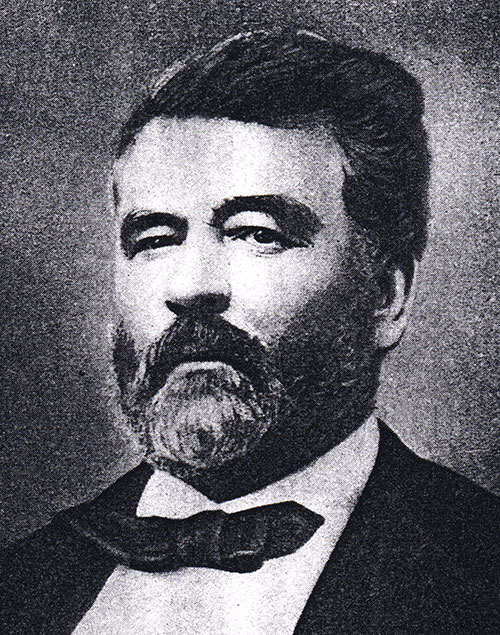
Our namesake: William Joel Bryan sold the original 640-acre Bryan townsite to the H&TC Railroad .
A transportation leap: Listen to local historian Henry Mayo discuss the founding of Bryan and how the arrival of the railroad changed everything.
📷 1860s: Bryan’s early churches
As the population booms, a city begins to take shape
As early as 1867, residents of Bryan had requested that the city be allowed to organize. They held elections for the offices of mayor, alderman and constable in March 1867, but because of the terms of Reconstruction after the Civil War, those elections required the ratification of the military governor at the time. Gen. Griffin denied the organization request and refused to ratify the election results.
Despite the setback, Bryan and the surrounding area continued to grow, but life for most residents wasn’t always easy. Farming was the predominant occupation, with many residents working land as sharecroppers. Agricultural life in this era could be brutal and unpredictable, and having a community support system was important.
Bound together by ethnicity or religion, many individual communities began to take shape in and around Bryan during this period.
1865-1870: Freedman Town and the post-Civil War transition for African Americans
No longer slaves: Wayne Sadberry, curator of the Brazos Valley African American Museum, discusses the difficult transition for African Americans in the post-Civil War era.
🎧 Origins of Freedman Town: Listen to audio of Sadberry as he describes the origins of Freedman Town in Bryan.
Read the transcript of the origins of Freedman Town (opens in new window)
One of the earliest communities of African Americans in Brazos County after the Civil War was Freedman Town. Records indicate that lots were being sold to African Americans in this area as early as 1867. Also known as Hall’s Addition (or Hall’s Division as the 1915 City of Bryan map shows), Freedman Town was located in Blocks 7 and 8 of the “Bryan’s First Addition” area, just to the northeast of the original Bryan townsite.
1868: Bryan Cemetery established.
1869: Bryan Police Department established.
1869: If not the first, then one of the first newspapers in Bryan and Brazos County, The Weekly Bryan Appeal, begins publication.
📷 View the Appeal from 1870.
1870: A small group of immigrants founded the Hebrew Benevolent Society and bought a plot of land from the city to build a cemetery.
Other communities were formed in the 1860s from newly arrived immigrant populations from central Europe. Some of Bryan’s first settlers were immigrant Jews, and after the Civil War, a large wave of Czech, Polish and German immigrants began arriving in Texas and the Brazos Valley.
Most of these workers would have been farmers, though cotton and corn would not have been crops they were familiar with. These newly arrived laborers often worked side by side with African American and Anglo American laborers in the fields, and this combined workforce would become the core of commerce and agricultural development in the area in the coming decades.
As the 1860s came to a close, Bryan’s ascendancy as the hub of Brazos County was nearly complete. In just a decade, its population had increased 232 percent. The railroad had opened up a new world to Bryan residents. The city was ready to be officially recognized by the state as a municipality. The only question was, “What comes next?”

